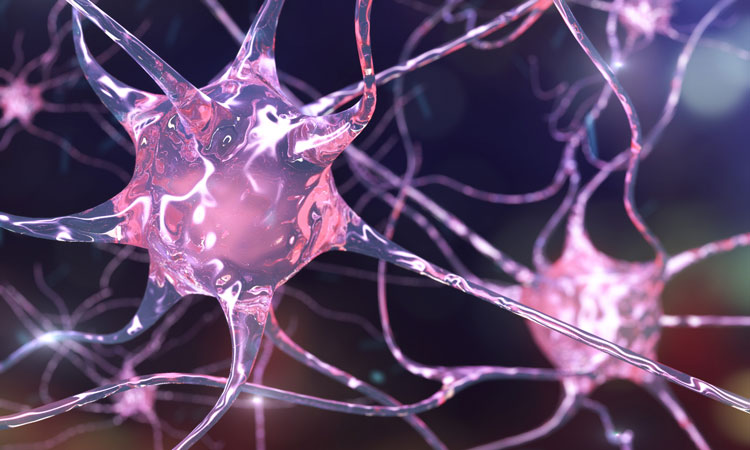Metabolic change in hippocampus indicates Alzheimer’s disease
Posted: 1 November 2023 | Drug Target Review | No comments yet
Using RNA sequencing, scientists find that metabolic increase in the brain is an early indicator of Alzheimer’s disease.


Researchers from Karolinska Institutet have discovered that metabolic increase in the hippocampus region of the brain is an early phase in the process of developing Alzheimer’s disease (AD). This finding could result in new methods of early intervention.
Alzheimer’s disease is the most common form of dementia and scientists have now shown that a metabolic increase in mitochondria is an early indicator of the disease.
In the study, the team used mice that developed Alzheimer’s disease pathology in a similar way to humans. In young mice, the increase in metabolism was followed by synaptic changes caused by disruption to autophagy, the cellular recycling system, a finding that was awarded the Nobel Prize in Physiology or Medicine in 2016.
After a while, metabolism in the Alzheimer brain typically declines, which contributes to synapse degradation. This was also seen in the older mice, which had had the disease for a longer time.
Dr Per Nilsson, Associate Professor at the Department of Neurobiology, Care Sciences and Society at the Karolinska Institutet said: “The disease starts to develop 20 years before the onset of symptoms, so it’s important to detect it early – especially given the retardant medicines that are starting to arrive.” He continued: “Metabolic changes can be a diagnostic factor in this.”
Dr Maria Ankarcrona, Professor at the same department explained: “Interestingly, changes in metabolism can be seen before any of the characteristic insoluble plaques have accumulated in the brain. The different energy balance tallies with what we’ve seen in images of the Alzheimer brain, but we’ve now detected these changes at an earlier stage.”
Both researchers’ groups worked closely together on the study to analyse the hippocampus, a structure that has a vital role in short-term memory and that is affected early in the pathological process.
The scientists found one of the early stages of the disease is an increase in mitochondrial metabolism, by applying the technique of RNA sequencing to see which genes are active in the cells of the hippocampus during different stages of the disease.
They then studied the changes that appeared in the synapses between the brain’s neurons using electron microscopy and other techniques, and found that vesicles named autophagosomes, whereby used proteins are broken down and their components metabolised, had accumulated in the synapses. This disrupted access to functioning proteins.
The researchers’ next steps will now be studying the role of mitochondria and autophagy in the development of Alzheimer’s disease in more detail, potentially using mice whose disease provides an even better model of the Alzheimer brain.
“These findings highlight the importance of retaining functional mitochondria and normal protein metabolism,” said Dr Nilsson. “Going forward, we’ll be able to do tests on mice to see if new molecules that stabilise mitochondrial and autophagic function can retard the disease.”
This study was published in Molecular Psychiatry.
Related topics
Neurosciences
Related conditions
Alzheimer's disease (AD)
Related organisations
Karolinska Institutet







